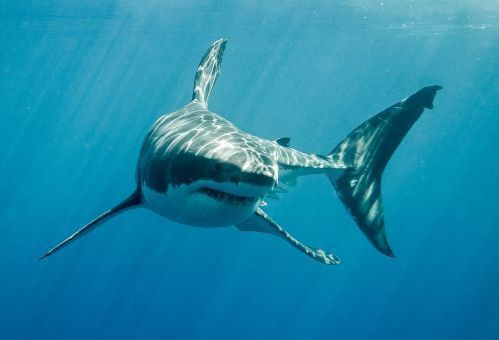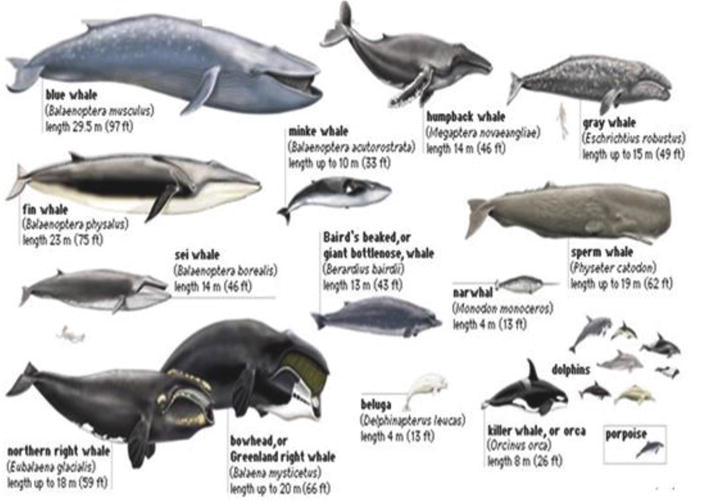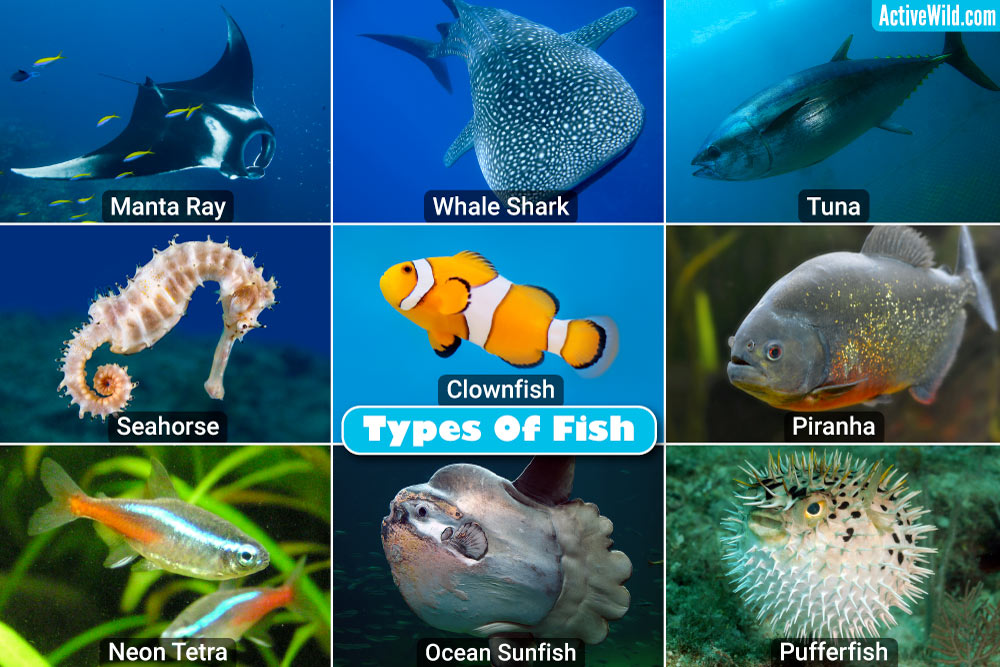Jawsome Facts: The Mighty Great White Shark
When it comes to the kings of the sea, there is one species that reigns supreme – the great white shark. With its powerful presence and fearsome reputation, this mighty predator has captivated the imagination of humans for centuries. In this article, we will dive into the jawsome facts about the great white shark, exploring its impressive characteristics, hunting techniques, migration patterns, and the importance of conservation efforts for this iconic creature.
The Apex Predator of the Ocean
The great white shark, scientifically known as Carcharodon carcharias, is undoubtedly the apex predator of the ocean. With its incredible size, strength, and speed, it sits proudly at the top of the food chain. Few creatures dare to challenge this majestic predator, as it is known to prey on a wide range of marine animals, including seals, sea lions, and even other sharks. Its streamlined body and powerful muscles make it a formidable hunter, capable of striking fear into the hearts of its prey.
The Iconic Teeth of the Great White
One of the most striking features of the great white shark is its iconic set of teeth. Rows upon rows of serrated, triangular teeth line its powerful jaws. These teeth are not only designed for cutting through flesh but also for gripping and tearing apart prey. The great white’s teeth are constantly being replaced throughout its lifetime, with new ones growing in to replace the older, worn-out teeth. This allows the shark to maintain its deadly bite and ensures that it is always ready for a fresh meal.
A Speed Demon in the Water
When it comes to speed, the great white shark is a true demon in the water. It can reach impressive speeds of up to 35 miles per hour (56 kilometers per hour) when hunting or in pursuit of prey. This incredible burst of speed allows it to launch surprise attacks on its unsuspecting victims from below, making it a highly efficient predator. Its streamlined body and powerful tail enable it to accelerate quickly and move effortlessly through the water, making it one of the fastest creatures in the ocean.
The Great White’s Incredible Size
The great white shark holds the title for being one of the largest predatory fish in the world. On average, adult great whites measure between 15 and 20 feet (4.5 to 6 meters) in length. However, there have been reports of individuals exceeding 20 feet (6 meters) and weighing over 5,000 pounds (2,268 kilograms). These massive creatures instill a sense of awe and wonder in anyone lucky enough to encounter them. Their size alone is enough to command respect and solidify their position as the mighty rulers of the ocean.
Hunting Techniques and Diet
Great white sharks employ a variety of hunting techniques to catch their prey. One of their most well-known strategies is breaching, where they propel themselves out of the water to surprise their prey from below. They also use their acute sense of smell to detect the scent of potential prey from miles away, honing in on their targets with precision. Once they locate their prey, they strike with lightning speed, using their powerful jaws and teeth to deliver a fatal blow. Their diet primarily consists of marine mammals, such as seals and sea lions, but they are opportunistic feeders and will consume a wide range of other marine animals.
Mysterious Migration Patterns
The great white shark’s migration patterns have long puzzled scientists. These enigmatic creatures undertake long-distance migrations, traveling thousands of miles across the ocean. For example, they have been known to migrate from the coast of California to the Hawaiian Islands. The reasons behind their migrations are still not fully understood, but it is believed that they may be related to changes in water temperature, food availability, or mating opportunities. Studying these migration patterns is crucial for gaining a deeper understanding of their behavior and ensuring their long-term survival.
Conservation Efforts for this Fearsome Predator
Despite their fearsome reputation, great white sharks are facing numerous threats that jeopardize their survival. Overfishing, pollution, and habitat destruction are some of the key factors contributing to the decline in their population. Thankfully, conservation efforts are underway to protect these magnificent creatures. Many countries have implemented laws and regulations to ban the hunting and trade of great white sharks. Additionally, increasing public awareness about the importance of these apex predators in maintaining the balance of marine ecosystems is crucial for their conservation. By working together, we can ensure that the great white shark continues to roam the oceans, reminding us of the beauty and power of the natural world.
The great white shark truly lives up to its name as a magnificent and awe-inspiring predator. From its impressive size and speed to its formidable hunting techniques, this iconic creature captures our imagination like no other. However, it is essential to remember that this fearsome predator is also in need of our protection and conservation efforts. By understanding their behavior, studying their migration patterns, and raising awareness about their importance, we can ensure the survival of this jawsome creature for generations to come. Let us celebrate the might of the great white shark and work towards a future where it continues to roam the oceans, ruling the waves with unparalleled grace and power.



